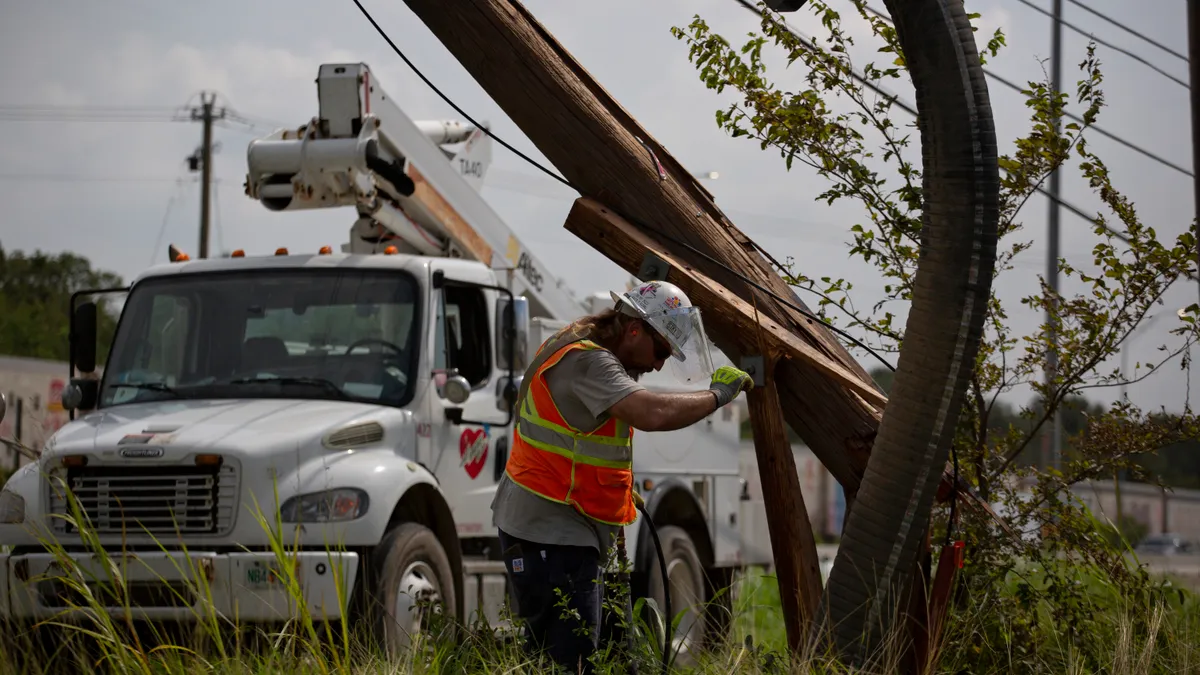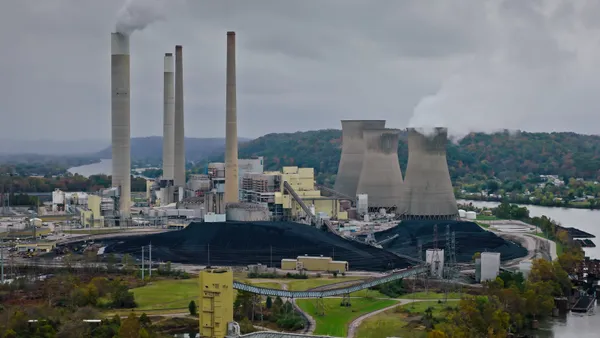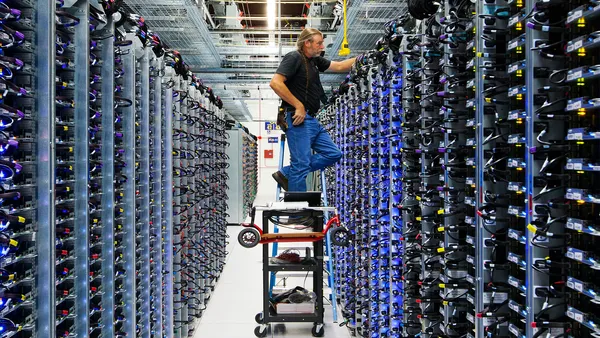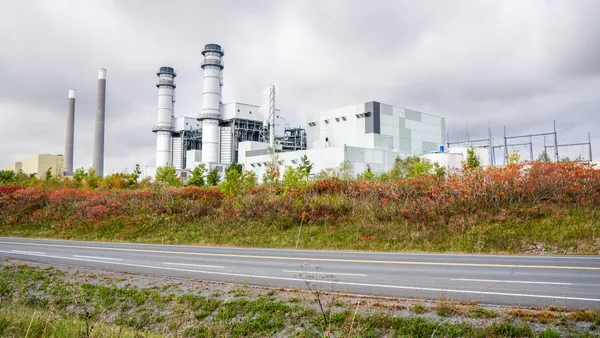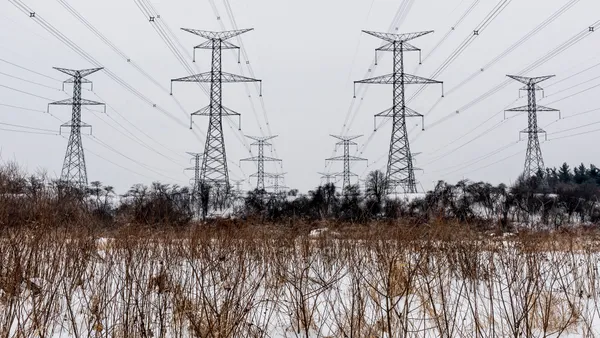Dive Brief:
- Lawmakers from Ohio and Colorado have introduced the Carbon Capture Improvement Act (CCIA), aimed at helping power plants and industrial facilities finance the carbon reclamation and storage equipment, the New York Times reports.
- The proposal would allow businesses to use private activity bonds issued by local or state governments to finance a carbon capture project, with the level of funding determined by the amount of carbon sequestered.
- The captured carbon could be used in "enhanced oil recovery projects," where the carbon is injected underground to help recover additional supplies and then stored in place.
Dive Insight:
They say everything old is new again, and apparently that includes creative funding for industrial sequestration projects. The New York Times reports that the CCIA proposal, floated by U.S. Sens. Rob Portman (R-OH) and Michael Bennet (D-CO) is essentially an idea that was born in the 1970s and used to clean up air pollution for two decades.
The bipartisan pair of lawmakers said the proposal would benefit the environment, while also protecting jobs.
“We’ve developed a solution that will allow us to capture carbon, but also protect Ohio jobs. This is a commonsense idea and that’s why it’s supported by business groups, energy groups, and environmental groups alike," Portman said in a statement. "This is something that people on both sides of the aisle can get behind and I urge my colleagues to support this bill.”
The bill would allow tax-exempt private activity bonds (PABs) issued by local or state governments to finance a carbon capture project. If more than 65% of carbon dioxide emissions from a given facility are captured and injected underground, then 100% of the eligible equipment can be financed with PABs, according to the proposed legislation. If less than 65% is captured and sequestered, then tax-exempt financing is permitted on a pro-rated basis.
CCIA is designed to make carbon capture more economically feasible, with the ability to use tax-exempt bonds for power plant and industrial retrofits helping decrease the costs for these types of projects. It will also boost oil production, reduce emissions and provide greater energy security, the bill's backers say.
While enhanced oil recovery – the primary use for captured carbon – may not appear in-line with some environmental goals, the New York Times reports many green advocates see it as a necessary bridge to a cleaner energy future.
“CCS is a crucial tool for reducing carbon emissions, and deploying additional projects will make it more affordable in the U.S. and around the world,” said Armond Cohen, executive director of the Clean Air Task Force. “Private activity bonds can reduce the cost of financing projects, which will help lower the hurdles to getting more steel in the ground.”
But more than from clean energy backers, CCS is commonly supported by the coal industry, which sees it as one of the last avenues for the use of its resource in U.S. power generation. Historically low natural gas prices, falling renewables costs and a slate of environmental regulations from the Obama administration — including the Clean Power Plan — have made it virtually impossible to build new coal plants in the U.S., forcing utilities reliant on the resource to rethink their approach to baseload generation. The addition of carbon capture or gasification technology, if it can be made cost-competitive, could provide a way for utilities to build coal plants in an era of stricter air quality and climate regulations.







